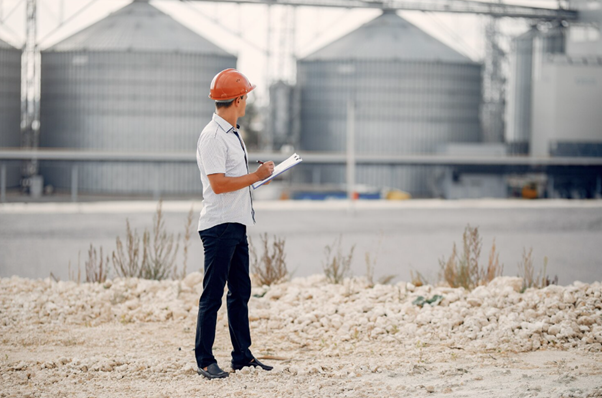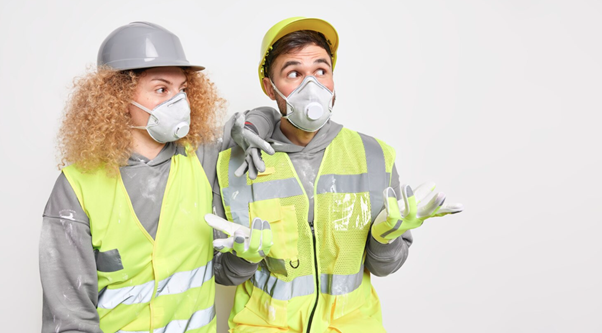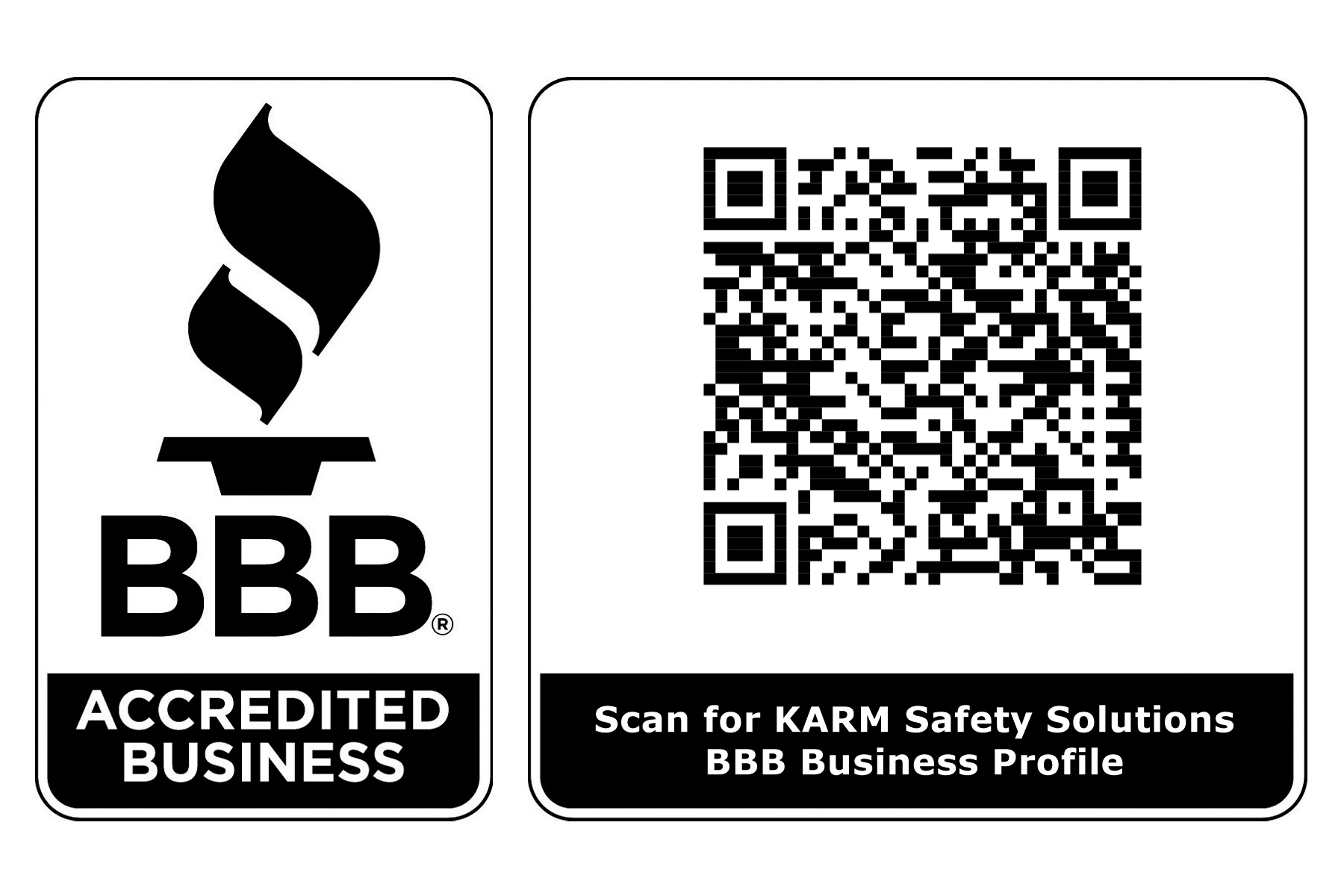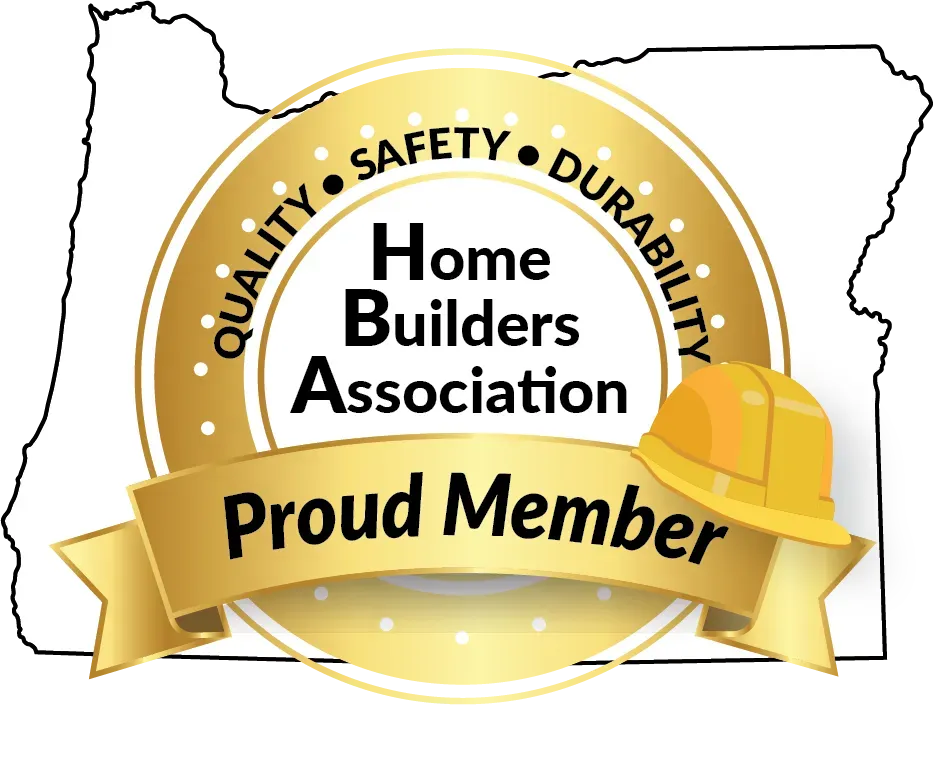Why Every Job Site Needs a Rigging Inspection Checklist for Legal Safety?
Safety is an essential consideration in every workplace, especially in industries that rely heavily on rigging equipment. If you’re working with cranes, hoists, or other heavy machinery, a rigging inspection checklist is critical for ensuring that the equipment is functioning properly and that all safety protocols are followed. Proper inspections help prevent accidents, ensure legal compliance, and keep the job site safe for workers. Let’s explore why every job site needs a rigging inspection checklist for legal safety.
Understanding Rigging Safety
Rigging safety involves using the proper equipment and protocols to ensure that heavy loads are lifted and moved safely on a job site. Rigging equipment includes chains, slings, cables, and hooks, all of which are essential for lifting and moving materials. When not properly maintained or inspected, these tools can fail, leading to severe accidents.
A
rigging inspection checklist is a comprehensive list that outlines the safety steps necessary to ensure all rigging equipment is in good working condition. The checklist serves as a valuable tool for supervisors and workers, helping them spot potential issues before they lead to costly mistakes or injuries.
Why a Rigging Inspection Checklist Is Necessary
- Preventing Equipment Failure: A rigging inspection checklist ensures that all equipment used on a job site is in safe, working condition. This includes inspecting slings, hooks, shackles, and other lifting devices for wear and tear. Regularly checking these items helps prevent malfunctions that could lead to accidents or serious injuries.
- Legal Compliance: Many regions and countries have strict regulations regarding rigging safety. These regulations are designed to protect workers and prevent accidents. A well-documented rigging inspection checklist can help job sites comply with legal requirements. This not only avoids costly fines but also demonstrates the company’s commitment to worker safety.
- Improved Worker Safety: Safety is the number one priority on any job site. Workers who use rigging equipment must be confident that it is reliable and secure. A rigging inspection checklist helps minimize the risk of failure, ensuring that workers are not exposed to unnecessary dangers. Regular inspections increase the overall safety of the job site by making sure that all equipment is up to the task.
- Accurate Record-Keeping: Proper record-keeping is essential for maintaining an organized and compliant job site. The rigging inspection checklist provides a documented trail of inspections that can be referenced in case of an audit or inspection. These records demonstrate that the company has made every effort to maintain the equipment and adhere to safety regulations.
- Reducing Operational Downtime:
Routine inspections can help catch minor issues before they become major problems. By ensuring that all rigging equipment is in optimal condition, a checklist reduces the likelihood of breakdowns and downtime. This leads to a more efficient operation, saving both time and money.
Key Components of a Rigging Inspection Checklist
A rigging inspection checklist includes several key components, all designed to ensure the safety and effectiveness of the rigging equipment. Common items to inspect include:
- Slings: Check for cuts, frays, or any signs of wear.
- Hooks and Shackles: Ensure they are not deformed or cracked.
- Chains and Cables: Look for kinks, rust, or any structural damage.
- Lifting Gear: Verify that all gear is functioning properly and is within the weight limits.
- Safety Features: Ensure that safety features such as tags, labels, and load limits are visible and intact.
Ending note:
A rigging inspection checklist is not just a recommendation; it is essential for legal safety on any job site. By following proper inspection protocols, companies can ensure that their equipment is safe, operational, and compliant with regulations. This protects workers, minimizes risk, and enhances overall productivity. KARM Safety Solutions understand the importance of safety in every industry. Our team is committed to providing top-quality safety solutions and comprehensive checklists that help ensure compliance with industry standards. If you are looking for expert assistance with OSHA rigging inspection requirements or need customized safety checklists, don’t hesitate to contact us. We’re here to help you stay safe, compliant, and efficient on every job site.













